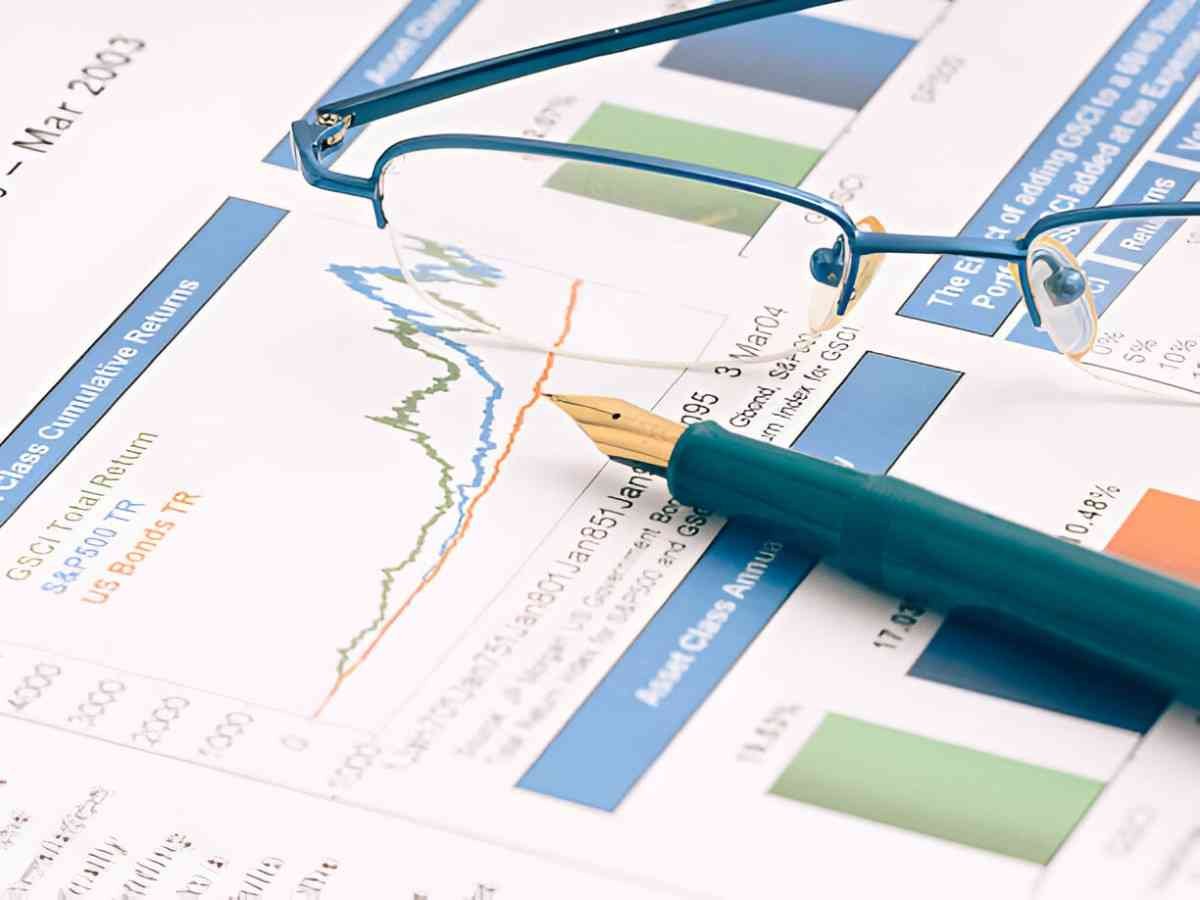As an experienced investor, I’ve learned that selecting the right mutual funds requires more than just chasing past returns. Through extensive research and personal experience, I’ve identified several critical parameters that truly determine a fund’s potential. This study examines these factors in depth, supported by data, academic research, and practical examples.
Table of Contents
1. Performance Metrics: Beyond Simple Returns
Annualized Returns
While important, raw returns don’t tell the whole story. I always examine:
- 3-year, 5-year, and 10-year returns to assess consistency
- Rolling returns to understand performance across market cycles
Example:
A fund showing 15% 1-year return might have underperformed its benchmark in 7 of the last 10 years.
Risk-Adjusted Returns
I prioritize these metrics:
- Sharpe Ratio (Sharpe = \frac{R_p - R_f}{\sigma_p})
- Sortino Ratio (focuses on downside risk)
- Alpha (\alpha = R_p - (R_f + \beta(R_m - R_f)))
Data Insight: Morningstar’s 2023 study showed funds in the top quartile for Sharpe Ratio outperformed peers by 2.3% annually over 10 years.
2. Cost Analysis: The Silent Return Killer
Expense Ratios
Every basis point matters in long-term compounding:
| Expense Ratio | 30-Year Impact on $100,000 |
|---|---|
| 0.10% | $1,021,000 |
| 0.50% | $ 934,000 |
| 1.00% | $ 852,000 |
Assumes 7% annual return before fees
Hidden Costs
I always check for:
- Transaction costs (turnover impact)
- 12b-1 fees (marketing expenses)
- Front/back-end loads
3. Portfolio Composition Analysis
Sector Allocation
I compare sector weights to the benchmark:
- Overweight positions show manager conviction
- Extreme deviations (>10%) increase risk
Top Holdings Concentration
- <30% in top 10 holdings = Diversified
- >50% in top 10 = Concentrated risk
4. Manager and Process Evaluation
Tenure Analysis
I look for:
- Manager tenure >5 years (consistency matters)
- Team-managed funds (reduce key-person risk)
Investment Process
- Clear, documented strategy
- Discipline during market extremes
5. Risk Parameters
Standard Deviation
Measures volatility:
- <10% = Low volatility
- 10-15% = Moderate
- >15% = High volatility
Beta Analysis
- β = 1 (market risk)
- β < 1 (defensive)
- β > 1 (aggressive)
6. Tax Efficiency Metrics
Turnover Ratio
- <30% = Tax-efficient
- >50% = Potential tax drag
Capital Gains Distribution History
I avoid funds with frequent large distributions in taxable accounts.
7. Peer Group Comparison
I always evaluate funds against:
- Category peers
- Appropriate benchmark
- Style box positioning
Practical Application: Case Study
Let’s analyze two large-cap funds:
| Parameter | Fund A (Active) | Fund B (Index) |
|---|---|---|
| Expense Ratio | 0.75% | 0.04% |
| 10-Yr Return | 10.2% | 11.8% |
| Sharpe Ratio | 0.68 | 0.82 |
| Turnover | 85% | 5% |
| Alpha | -0.5% | 0.0% |
Conclusion: Despite active management, Fund A underperformed on both returns and risk-adjusted metrics while costing 18x more.
Emerging Trends in Fund Selection
- ESG Integration: 42% of new fund flows now consider sustainability factors (Morningstar 2024)
- Smart Beta Strategies: Combining active and passive approaches
- Liquidity Management: Crucial in volatile markets
Investor Action Plan
Based on my research, I recommend:
- Screen first by cost (expense ratio < 0.50%)
- Evaluate risk-adjusted returns (Sharpe > 1.0 preferred)
- Check manager tenure and process
- Analyze portfolio composition
- Consider tax implications
Final Thought: The most successful fund investors I’ve observed combine quantitative analysis with qualitative understanding of a fund’s true advantages. By systematically applying these parameters, you can dramatically improve your fund selection process.





